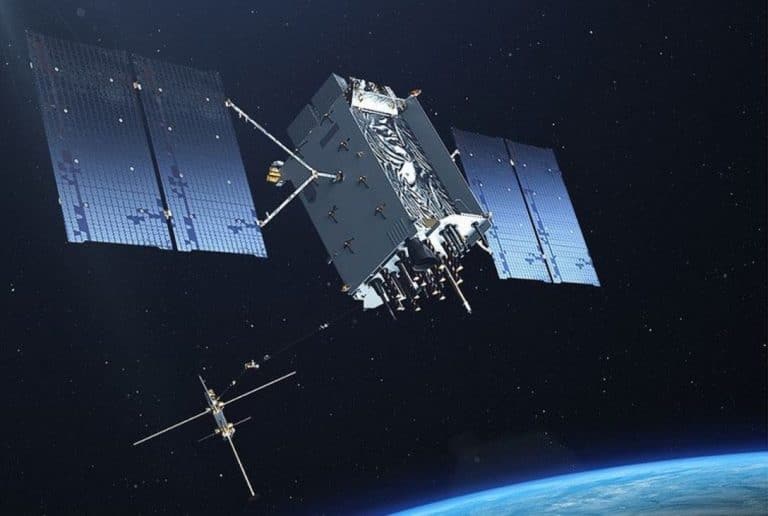The National Oceanic and Atmospheric Administration confirmed on Wednesday that the U.S. Department of Defense will no longer end the sharing of critical satellite weather information this year after the military’s plan to stop distributing forecast data from three old military satellites during hurricane season was met with pushback.
Last month, the National Oceanic and Atmospheric Administration released a notice, saying, “Due to recent service changes, the Defense Meteorological Satellite Program (DMSP) and Navy’s Fleet Numerical Meteorology and Oceanography Center (FNMOC) will discontinue ingest, processing and distribution of all DMSP data no later than June 30, 2025.”
According to USA Today, the U.S. military’s decision to stop providing satellite weather information over a year prior to the anticipated end of the program led to widespread backlash and resulted in the U.S. military extending the deadline to July 30.
ABC News reported that the U.S. Navy told the outlet that its Fleet Numerical Meteorology and Oceanography Center had initially “planned to phase out the data as part of a Defense Department modernization effort.” However, the Navy said that “after feedback from government partners, officials found a way to meet modernization goals while keeping the data flowing until the sensor fails or the program formally ends in September 2026.”
READ MORE: US Air Force contracts with AI company to ‘fingerprint’ satellites
In an updated alert on Wednesday, the National Oceanic and Atmospheric Administration said, “The Fleet Numerical Meteorology and Oceanography Center (FNMOC) has announced plans to continue distribution of Defense Meteorological Satellite Program (DMSP) data beyond July 31, 2025. As a result, there will be no interruption to DMSP data delivery.”
According to USA Today, Walter Meier, a research scientist at the University of Colorado’s National Snow and Ice Data Center, explained that the three Department of Defense Satellites that provide data to weather forecasters use microwave sounders to track rain and wind. Scientists told the outlet that while the U.S. military and federal agencies use the information for computer modeling purposes, the information is also viewed as critical for documenting details regarding the Earth’s polar regions and for obtaining hurricane data.
Following Wednesday’s confirmation that the aging military satellites would continue to distribute information to weather forecasters, Michael Lowry, National Hurricane Center Storm Surge Unit meteorologist, released a statement assuring the public that the agency’s “hurricane forecast tools should stay in tact.” Lowry added that a “crisis” was “averted” by the military reversing its original decision.
Click this link for the original source of this article.
Author: Timothy Frudd
This content is courtesy of, and owned and copyrighted by, https://americanmilitarynews.com and its author. This content is made available by use of the public RSS feed offered by the host site and is used for educational purposes only. If you are the author or represent the host site and would like this content removed now and in the future, please contact USSANews.com using the email address in the Contact page found in the website menu.








